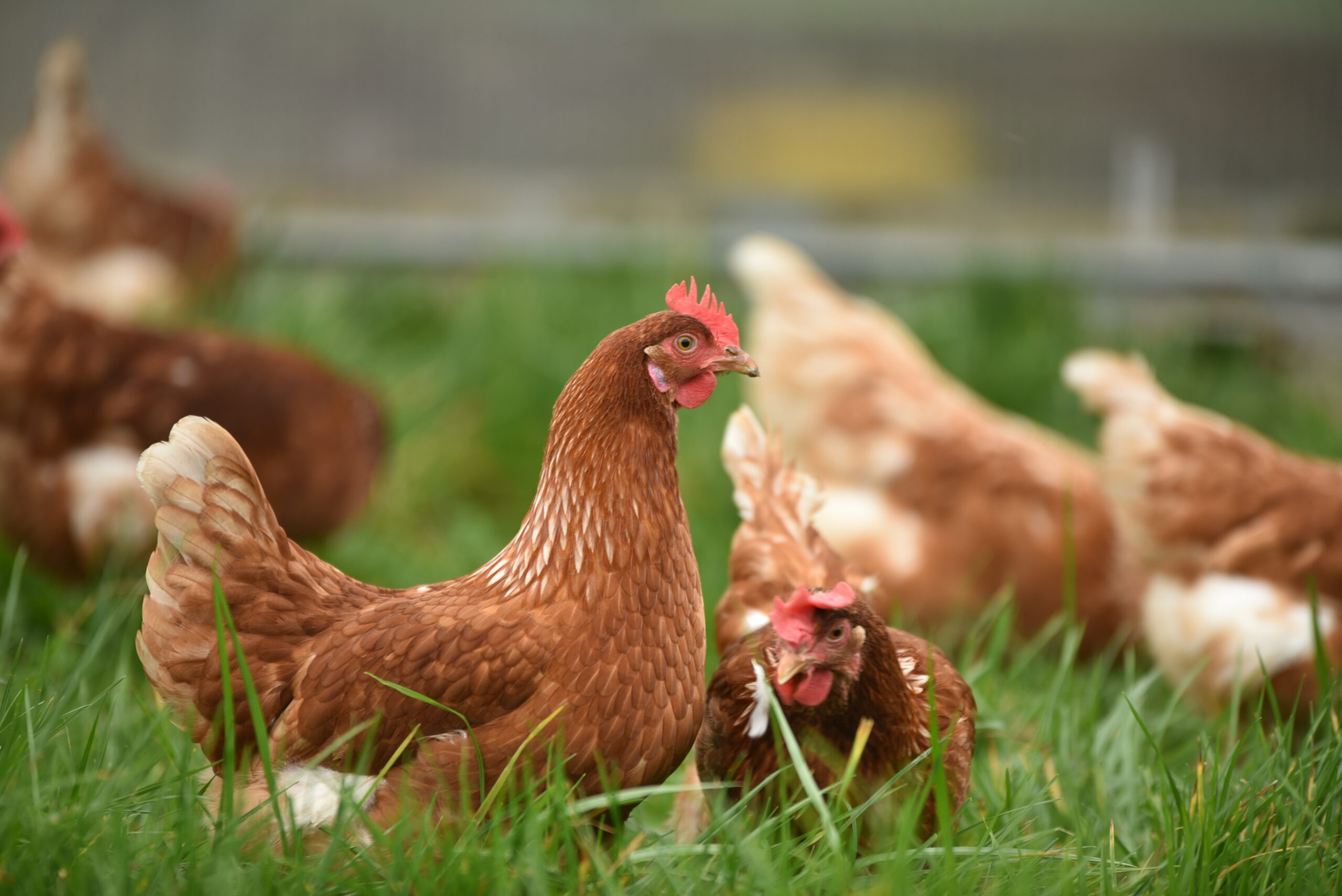Chickens, classified under the kingdom Animalia, class Aves, and order Galliformes, are delightful and essential creatures that have been domesticated for thousands of years. You will find chickens on almost every farm and in chicken coups in some neighborhood backyards. They are fun, cute, and part of many farmland stories and fairytales. They are one of the most popular animals that children try to imitate.
Chickens, scientifically known as Gallus gallus domesticus, are small to medium-sized birds that come in a remarkable variety of shapes, colors, and sizes. Domesticated chickens have descended from the wild red junglefowl and are characterized by their stout bodies, short wings, and feathered legs.
They have a distinctive comb on top of their heads and wattles beneath their beaks. Chickens are well-known for their ability to walk, run, scratch the ground, and even fly short distances.
Types of Chickens:
With all the different types of chickens, many people ask how many breeds of chickens are there in the world? There are over 500 breeds of chickens found across the globe. Each of these breeds has its unique traits, appearances, and purposes. Here are five of the most common and popular chicken breeds:
- Rhode Island Red: Rhode Island Reds are renowned for their excellent egg-laying abilities. They have a vibrant red plumage and are known for their hardiness and adaptability to various climates.
- Leghorn: Leghorns are medium-sized chickens known for their high egg production. They have a slender build, white feathers, and are often used in commercial egg production.
- Plymouth Rock: Plymouth Rocks are dual-purpose chickens, meaning they are suitable for both egg-laying and meat production. They have distinctive black-and-white striped feathers and are known for their friendly nature.
- Sussex: Sussex chickens come in various colors, including white, red, and speckled. They are known for their calm temperament and are popular among backyard chicken enthusiasts.
- Orpington: Orpington chickens are large and heavy-bodied birds with fluffy feathers. They come in various colors, such as black, blue, buff, and white, and are valued for their meat and egg production.
You can view many of the different types of chickens below and see how they characteristics differ.
What are chickens known for?
Chickens are known for several distinct characteristics:
- Clucking and Crowing: Chickens are famous for their vocalizations, including clucking and crowing. Roosters, in particular, produce the iconic “cock-a-doodle-doo” crow in the early morning.
- Dust Bathing: Chickens engage in dust bathing, a behavior where they roll around in loose dirt or sand to keep their feathers clean, remove parasites, and cool down.
- Pecking Order: Chickens have a hierarchical social structure known as the pecking order. This establishes a ranking system within the flock, with dominant individuals having priority access to food and resources.
- Feather Displays: Male chickens, called roosters, often display their vibrant and eye-catching plumage to attract mates. Feather displays play a crucial role in courtship rituals and breeding.
Summary
Chickens are remarkable creatures with a rich history of domestication and a multitude of purposes in human society. From their diverse breeds to their essential contributions in egg and meat production, chickens have earned their place on farms, in backyards, and even in our hearts.
Their unique characteristics, colorful feathers, and charming behaviors make them fascinating and cherished members of the animal kingdom. As we appreciate and care for these feathered friends, let us also recognize the importance of responsible chicken husbandry, ensuring their welfare and well-being for generations to come.



































































